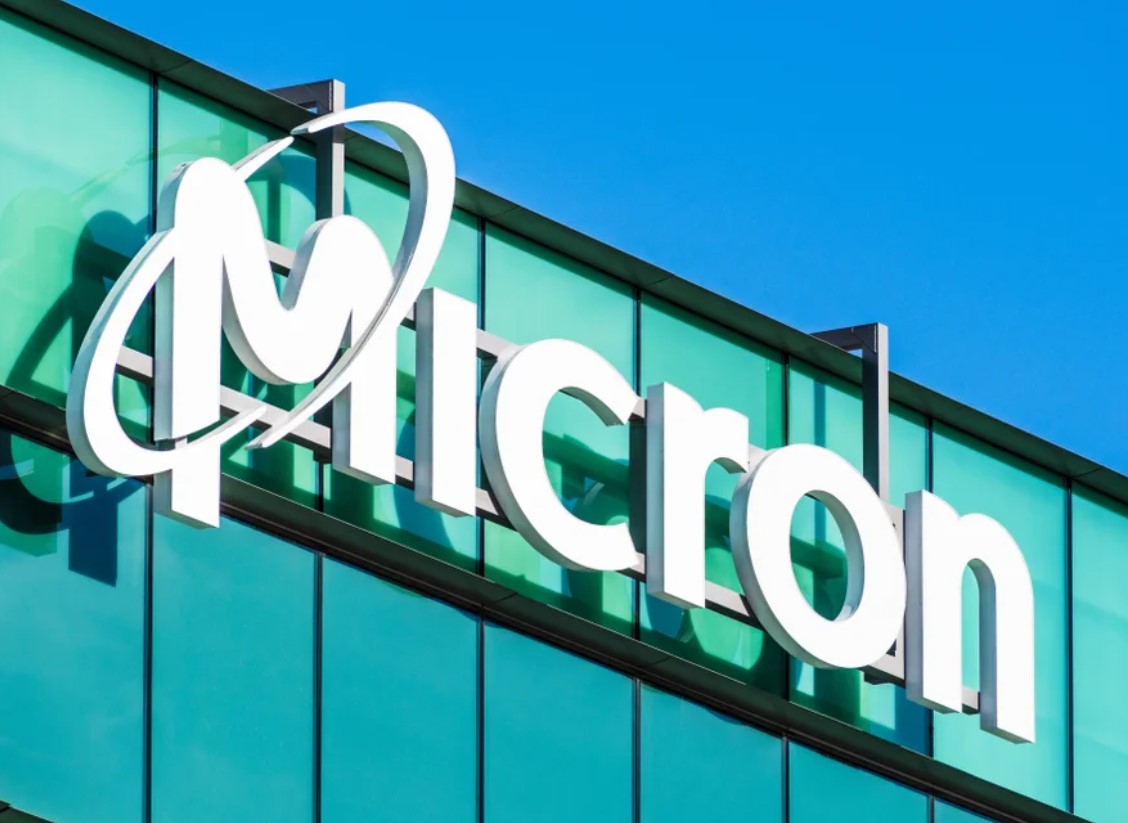Micron Technology has already been one of the biggest winners of 2025, but the ride might not be over yet. The chipmaker’s booming profits, strong demand for AI memory chips, and surprisingly low valuation have made it one of the most attractive bets in the semiconductor sector right now.
Micron’s explosive growth powered by AI boom
Micron Technology’s shares have skyrocketed 140% this year, fueled by soaring demand for high-bandwidth memory (HBM) chips used in artificial intelligence servers. The company’s fiscal 2025 results showed just how powerful that momentum has been.
Revenue jumped 49% from the previous year to $37.4 billion, while adjusted earnings surged from $1.30 to $8.29 per share. The turnaround in pricing across the memory chip industry lifted Micron’s gross margin to 40%, and its operating income margin increased nearly fourfold.
What’s driving this surge is Micron’s growing importance in the AI infrastructure supply chain. Its advanced HBM products are now vital to training and running large AI models, powering systems that rely on Nvidia, AMD, and Broadcom processors.

| Fiscal Year | Revenue ($B) | Adjusted EPS ($) | Gross Margin (%) |
|---|---|---|---|
| 2024 | 25.1 | 1.30 | 18.3 |
| 2025 | 37.4 | 8.29 | 40.1 |
The company’s fiscal year ended August 28, and investors have been quick to recognize the scale of its rebound.
China exit creates short-term noise, long-term clarity
A recent Reuters report suggested that Micron will stop selling its AI server memory chips to customers in mainland China. This follows Beijing’s earlier ban in 2023 that restricted Micron from supplying chips to key Chinese infrastructure.
The decision could shave off roughly 7% of annual revenue, as Micron made $2.6 billion from China last fiscal year. However, the impact is expected to be short-lived. The company plans to redirect that capacity to other global markets where demand is red-hot.
Micron will continue to sell other products, including memory chips for smartphones, PCs, and cars, to Chinese clients. More importantly, management has hinted that all of its 2026 HBM chip supply is close to being sold out, showing just how tight the global market has become.
In a statement during its last earnings call, Micron’s leadership noted that it expects to finalize agreements for the rest of its HBM capacity within months, underscoring how strong the demand pipeline remains.
Secular demand ensures continued strength in AI memory
The global demand for HBM is expected to climb sharply as AI computing workloads grow. According to Goldman Sachs, GPU-related HBM demand could rise 23% in 2026, while custom AI processors could drive an 82% jump in HBM usage.
Micron’s Cloud Memory Business Unit (CMBU), which manages its HBM and data center memory sales, generated $13.5 billion in fiscal 2025, up 3.5 times from the prior year. This surge confirms that Micron is not just benefiting from a short-term spike but from a lasting structural shift in how AI systems are built.
The company has already secured six major customers for its HBM chips, likely including all top-tier AI processor makers. With more than $4 trillion projected to be spent on AI infrastructure by 2030, Micron’s positioning in this segment could anchor its next growth phase.
In addition, the company is expanding its manufacturing capacity to meet rising demand, ensuring it can capitalize on the ongoing wave of AI server deployments.
Micron’s valuation stands out among AI peers
Despite this growth, Micron trades at only 24 times trailing earnings. By comparison, the Nasdaq-100 index, which represents the broader tech sector, trades around 33 times earnings. That gap suggests that investors can still buy into Micron’s story at a relative discount.
Analysts forecast that Micron’s earnings will continue doubling through fiscal 2026, potentially reaching $16.68 per share. If the market rewards that growth by valuing Micron similarly to the Nasdaq-100, the stock could climb to around $550 within the next year, implying a potential upside of 170% from current levels.
Here’s a quick comparison of valuation metrics:
| Metric | Micron (MU) | Nasdaq-100 Average |
|---|---|---|
| Price-to-Earnings | 24x | 33x |
| Market Cap | $232B | N/A |
| Dividend Yield | 0.0% | N/A |
For investors, the message is simple: Micron combines real profitability with long-term AI exposure — a rare mix in today’s market.
What lies ahead for Micron investors
Looking forward, Micron’s path will depend on how efficiently it scales production and maintains its cost advantage. The broader memory market has historically been cyclical, but the emergence of AI-driven workloads is helping smooth out those swings by creating steady, secular demand.
While geopolitical tensions and supply chain disruptions remain risks, the company’s move to diversify its customer base beyond China is strategically sound. If HBM supply continues to lag behind demand, Micron could enjoy pricing power for several years.
Moreover, as major cloud providers and chip designers ramp up orders for next-generation AI systems, Micron’s technology will remain a key enabler of that progress.
The combination of explosive earnings, a discounted valuation, and sustained demand growth paints a clear picture — Micron’s rally might just be getting started.
Micron’s story reflects more than a hot stock; it marks how the memory chip industry has evolved from a cyclical backwater to a core driver of the AI revolution. For investors willing to hold through market noise, the company’s growth potential still looks unmatched among established semiconductor firms.
Micron’s rise in 2025 is a testament to how the AI economy is reshaping the semiconductor landscape. The question now is whether investors will recognize the long runway ahead — before the rest of the market catches on.
































